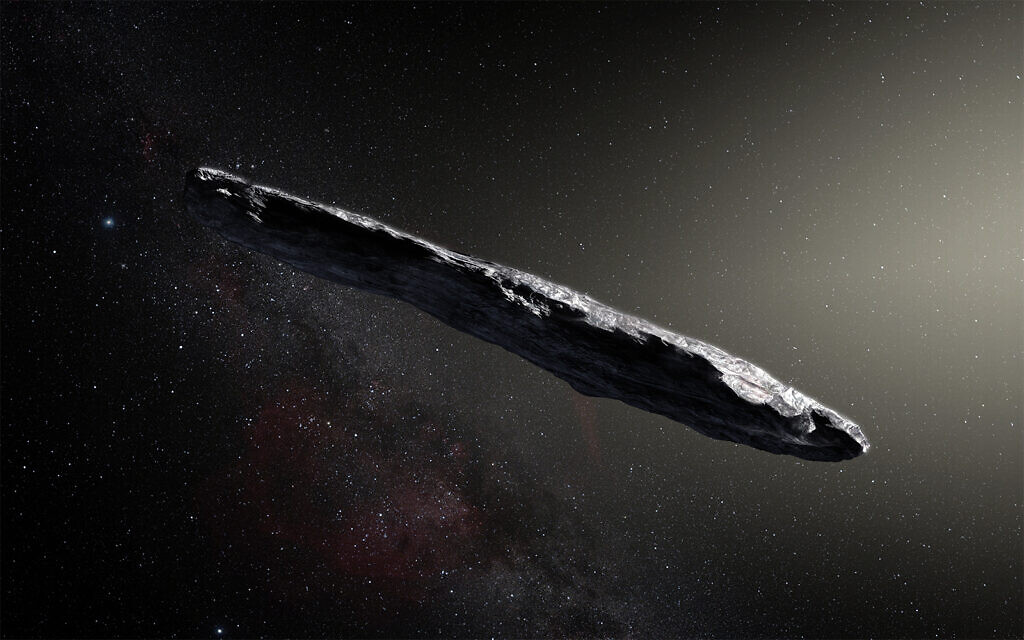“Our discovery of an interstellar meteor heralds a new research frontier,” Harvard astronomer Avi Loeb wrote in an essay for The Debrief about an interstellar object that he and theoretical astrophysicist Amir Siraj discovered records of, and which has since, after years in academic limbo, finally had its existence and off-world origin confirmed by the US government.
“The fundamental question is whether any interstellar meteor might indicate a composition that is unambiguously artificial in origin?” Loeb mused. “Better still, perhaps some technological components would survive the impact.”

The object is called CNEOS-2014-01-08 for the date it’s believed to have crashed into the Pacific Ocean. It could represent a new paradigm “in which the Earth serves as a fishing net for massive interstellar objects,” Loeb continued.

The astronomer will work to detect UFOs, noted in his essay that a retrieval expedition like this could be achieved using “scooping” magnets that would explore the roughly 10 square kilometer region of the Pacific Ocean where the object is believed to have landed. “My dream is to press some buttons on a functional piece of equipment that was manufactured outside of Earth,” the astronomer added.


